Globalisation is cutting the tongue – the high-speed extinction of spoken languages
What do you think, how many languages are spoken worldwide? The sheer number is incredible – 7000 different tongues can be heard all around the world, our #numberoftheweek. Due to our more and more globalized world a lot of these languages are on the brink of extinction.
Thankfully, Tatsuya Amano, a zoologist at the University of Cambridge (UK), and his colleagues have set up a database to document the languages of the world. The database is called Ethnologue and it provides the number and location of surviving fluent speakers – and is the first one to do this on a global scale.
One of the main reasons for a cut in tongues is said to be economic growth. As ZMEScience writes, “young natives flee to burgeoning urban centers to find jobs, the tongues of their ancestors die with the little remaining old populations that still choose to live in their homelands and retain their ancient customs.”
Every two weeks a languages dies with it’s last speaker. And the situation is comparable all around the world. About one quarter of all languages has fewer than 1000 remaining speakers, the ZMEScience states. Linguists think that about 3000 of the almost 7000 languages listed in the Ethnologue archive will become extinct within the next century.
But it does move!
Eleanor Lutz, an designer and molecular biologist from Seattle has obviously a crush on the most beautiful butterflies. And because is absolutely unlikely to see all of them in one place at the very same time, she did an animated gif of 42 of the most adorable North American ones. On her website tabletopwhale.com she says that she had “checked out six butterfly field guides from the library and picked out some of the species I thought were the most unique and beautiful.” The animation is meant as a chart of illustrations, she adds, rather than an educational infographic. However, the drawings seem very true to life.
Pollution by burning trash – #numberoftheweek: 41
More than 40 percent of the garbage that we produce is burned unregulated, estimates a new study led by the National Centre for Atomspheric Research. These fires are responsible for blowing gases and particles into the atmosphere. You can guess that this is not exactly healthy, neither for humans nor the climate.
How did the researches manage do collect the data? They could hardly visit every open fire around the globe to measure the influence of it’s smoke.
Instead they compared population figures and per capita waste production with official tallies of trash disposal for each country in the world. The result is that 1.1 billion tons, or 41 percent, of the total waste generated worldwide is disposed of through unregulated burning every year: our #numberoftheweek.
The study also offers the opportunity to check if your country is among the biggest polluters. If you are living in China, the United States, India, Japan, Brazil, and Germany you belong to the top waste producers worldwide. But if you call China, India, Brazil, Mexico, Pakistan, and Turkey home, your nation belongs to the greatest emitters of pollution from trash burning.
The whitest white of all – #speciesoftheweek
What exactly comes into your mind if you think about the color white? You will think of paper, milk, maybe teeth or little lambs. But I am very sure that you would not think of a beetle. But it is a beetle that comes in a white that is more white than all other white things you most likely have in mind.
The beetle goes by the name of Cyphochilus, it is native to South-East Asia. The reason for its pearly-white appearance is a thin layer of a highly reflective natural photonic solid in the beetles scales, as ZME science writes. Cyphochilus gained this ability during a long evolutionary process to become invisible among its close neighbors, an also very white funghi. And this has a great advantage: the better the disguise, the more likely the beetle will survive, as birds can’t see and eat it.
For humans the ability of Cyphochilus is important, because it could reveal the secret to develop even whiter paper, wall color, plastic or shiny white parts in tech devices. Therefore Cyphochilus is our #speciesoftheweek.
Hallucigenia sparsa has found a home
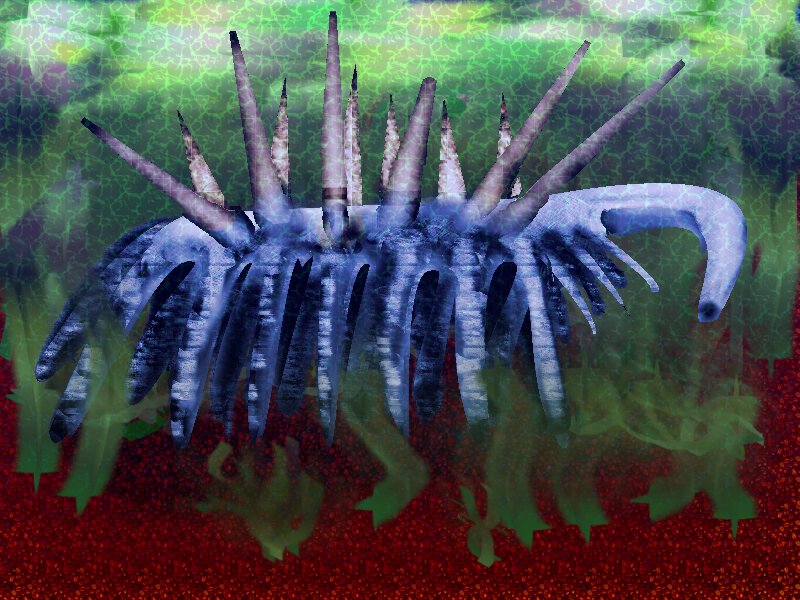
Artists rendereing of Hallucigenia (Photo: Scorpion451 // CC-BY-SA-2.5. wikipedia: http://bit.ly/1wgt2hA)
When Charles Doolittle Walcott discovered the first Hallucigenia sparsa, a strange looking creature with lots of spikes and legs, he started a classification discussion that would last for more than 100 years. Until recently the bizarre fossil had not found it’s place in the evolutionary Tree of Life – nobody could tell what it actually was. As you can see on the picture above, the critter looks a lot like something you might find in your nightmares. And it’s looks are also the reason for Hallucigenias being used as the creature’s names. It’s said to be a reference to the “dreamlike” appearance of the species.
Creature from the abyss
Around 500 million years ago, the millipede-like creature with spikes lived during the Cambrian Explosion, a period in Earth’s history when most major animal phyla appeared in a relatively short amount of time. We are talking about a period of between five to 10 million years. Science has a lot of evidence in the form of fossils from this time.
The Hallucigenia were between five and 35 millimeters in length, and lived on the floor of the Cambrian oceans.
Finally the journey ends
So, now scientists of the University of Cambridge’s Department of Earth Sciences have finally classified Hallucigenia sparsa as an ancestor of the modern velvet worm. The research was published in the Aug. 17, 2014, issue of the journal Nature.



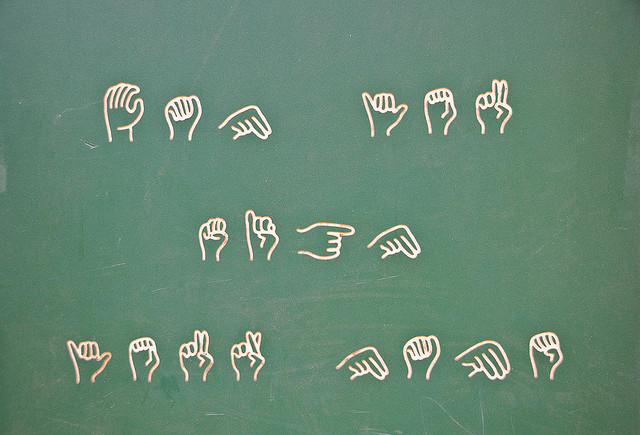

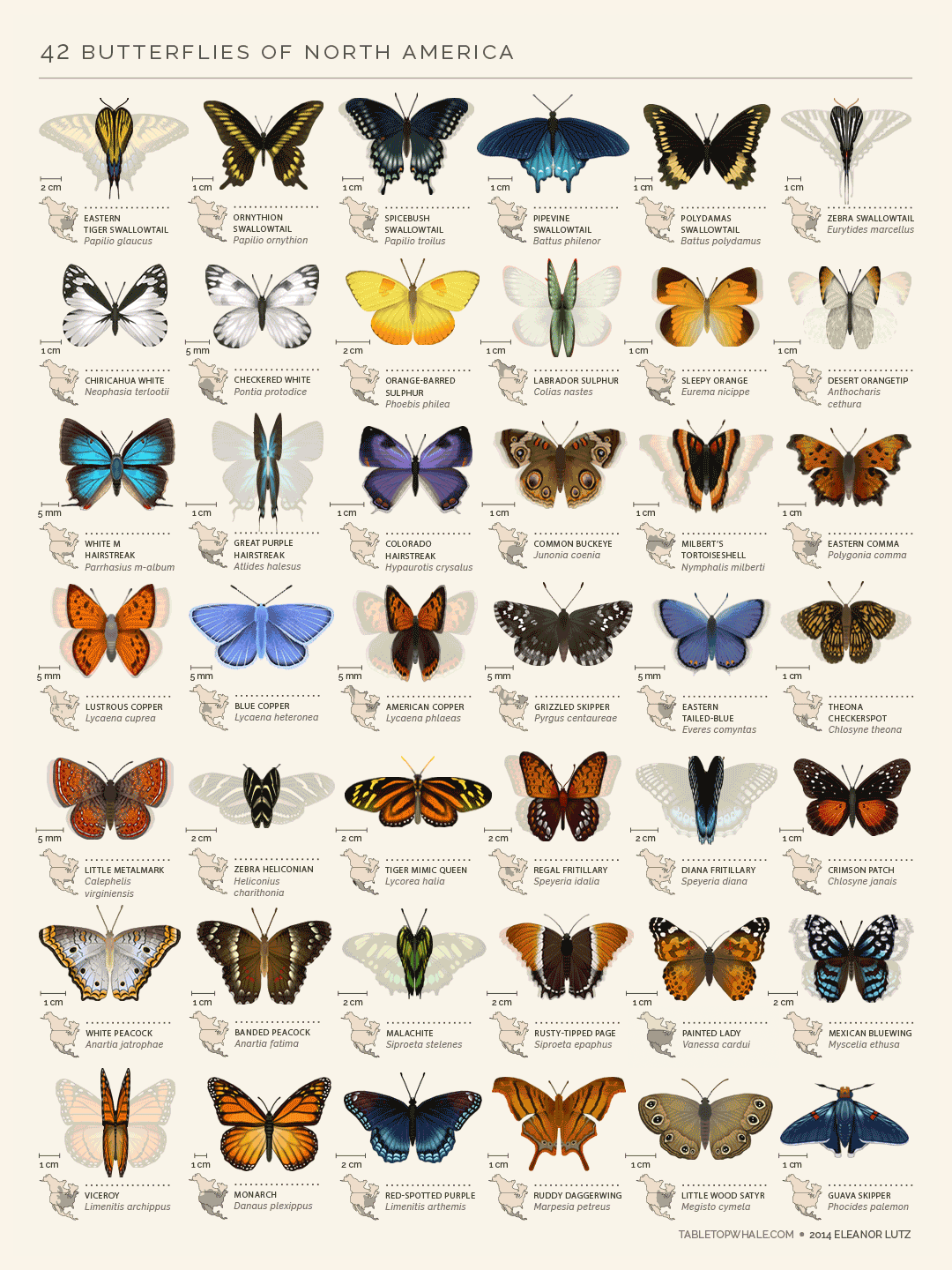
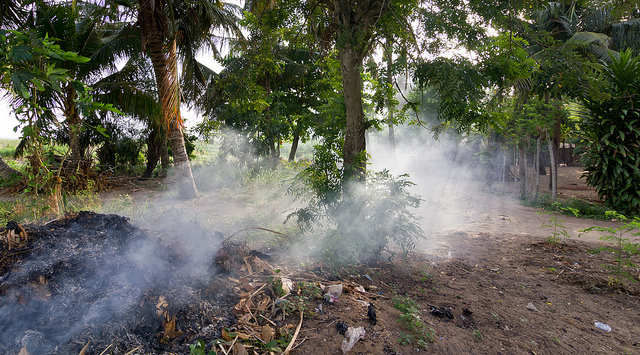
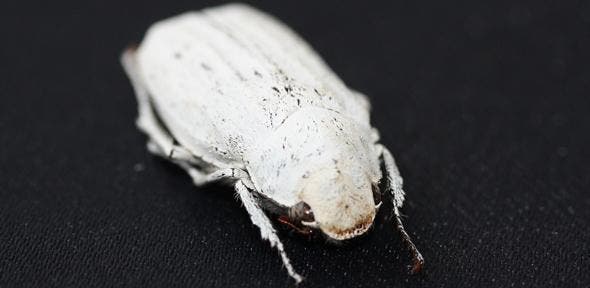




Feedback